Latest Articles
-
Feb- 2022 -11 FebruaryAI
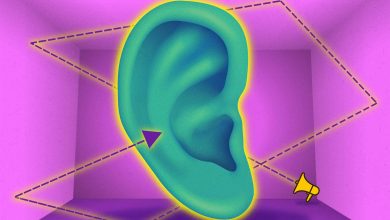
Where Did That Sound Come From? MIT Neuroscientists Can Answer That Question
Lead Image: MIT neuroscientists developed a computer model that can localize sounds. Credit: Jose-Luis Olivares, MIT MIT neuroscientists have developed a computer model that can answer that question as well as the human brain. The human brain is finely tuned not only to recognize particular sounds, but also to determine which direction they came from. By comparing differences in sounds that reach the right and left ear, the brain can estimate the location of a barking dog, wailing fire engine, or approaching car. MIT neuroscientists have now developed a computer model that can also perform that complex task. The model,…
Read More » -
11 FebruaryMars
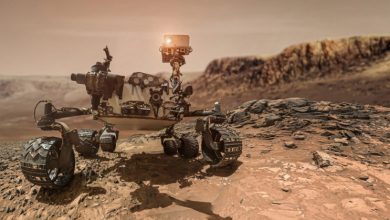
Mars Rovers Have Performed Way Better Than What Was Expected
NASA’s Curiosity rover exploring Mars. Image Credit: NASA The Curiosity Rover that landed on Mars on August 5, 2012, has taken more than 850,000 images of the Martian surface so far. Meanwhile, the Chinese rover Zhurong that arrived on the red planet in May 2021 is searching for underground water pockets. Another rover from NASA called Opportunity, actively explored Mars for 14 years between 2004 and 2018, and detected an iron meteorite (named Heat Shield Rock) – the first meteorite ever identified on another planet The above-mentioned facts are just a glimpse of what rovers can do. Humans have been sending…
Read More » -
10 FebruaryClimate Change
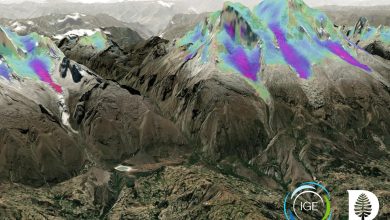
New Atlas of Globe’s Glaciers Finds They Have Less Ice Than Previously Thought
Using data on glacier velocity, South America’s tropical Andes mountains were found to have up to 23% less ice and freshwater availability. Darker colors overlayed here on Peru’s Cordillera Blanca range, signify faster glacial speed. Credit: IGE-CNRS ©Mapbox ©OpenStreetMap ©Maxar Findings on glacier speed and depth revise outlook for freshwater availability and sea level rise. The first atlas to measure the movement and thickness of the world’s glaciers gives a clearer, but mixed picture of the globe’s ice-bound freshwater resources, according to researchers from the Institute of Environmental Geosciences (IGE) and Dartmouth College. The worldwide survey, published in Nature Geoscience,…
Read More » -
10 FebruaryMars
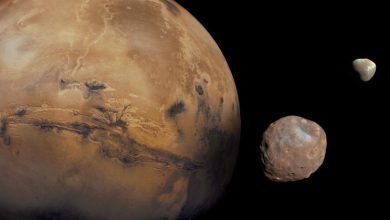
Why Mars moons Phobos and Deimos are still mysteries to mankind?
Lead Image: Mars with it’s moons Phobos and Deimos, Image Credit: NASA Mars, the red planet on which Elon Musk dreams of setting up human colonies, has two bizarrely shaped moons called Phobos and Deimos. Compared to Earth’s moon, Phobos and Deimos are tiny and measure only 13.8 miles and 7.8 miles in diameter respectively. Due to their irregular shape and meteorite-like composition, for a long time, astronomers considered both the satellites to be asteroids and thought that Mars had no moon. In August of 1877, American astronomer Asaph Hall discovered that Mars has an inner and an outer moon.…
Read More » -
9 FebruaryNASA
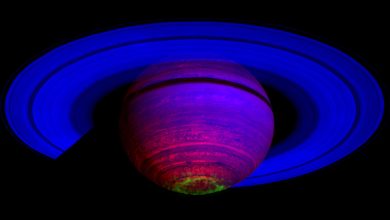
Space Scientists Discover a Never-Before-Seen Mechanism Fueling Huge Planetary Aurorae on Saturn
Infrared image of Saturn showing an aurora at its southern pole, captured by the Cassini spacecraft. Credit: NASA/JPL/ASI/University of Arizona/University of Leicester Saturn’s high-altitude winds generate an extraordinary aurorae. Leicester space scientists have discovered a never-before-seen mechanism fuelling huge planetary aurorae at Saturn. Saturn is unique among planets observed to date in that some of its aurorae are generated by swirling winds within its own atmosphere, and not just from the planet’s surrounding magnetosphere. At all other observed planets, including Earth, aurorae are only formed by powerful currents that flow into the planet’s atmosphere from the surrounding magnetosphere. These are…
Read More »










